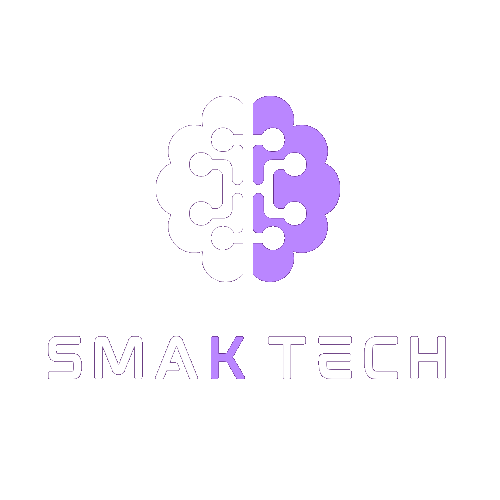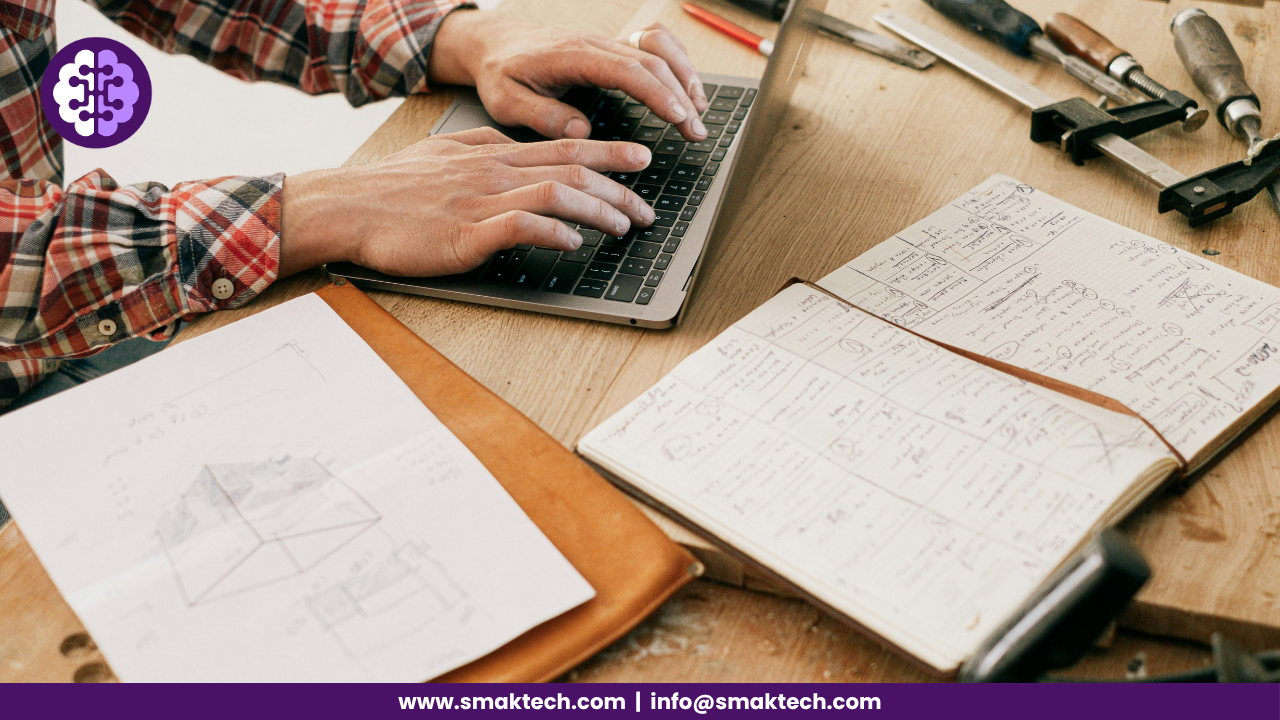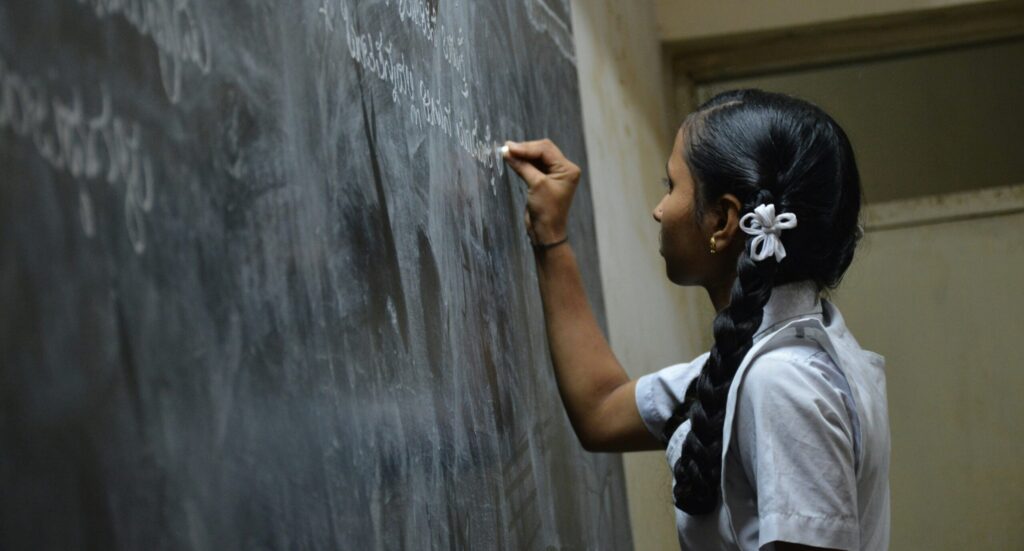Imagine an examination environment far from traditional classrooms—no rustling pages, no scribbling pens, and no invigilators pacing with suspicion. Instead, you sit in the comfort of your home, completing the test under the quiet surveillance of a webcam. Sounds great, right? But is this revolution leading to something better, or is it just a digital masquerade to silent classrooms? Let’s explore and find out!!
Table of Contents
ToggleTeacher's Perspective: Assessing the Transition to Click and Scroll
“In traditional classroom settings, examiners meticulously observed every aspect. They contributed to maintaining discipline and focus throughout the assessment. Then Tech arrived, bringing screens, portals, and timers. This initially seemed cool. Some educators swiftly embraced the shift to digital exams, considering the benefits of reduced paper usage, quicker grading, and streamlined reports. Others struggled to adapt and found it challenging, as many of us have spent years amidst the echoes of turning pages.
And cheating? It still happens through fake tabs and whispered calls. Technology has solved problems, but created new ones too.
Well, the main thing is, teachers aren’t really against the change. They just want the digital assessment tools to show transparency and have a platform for fair exams. Because at the end of the day, it’s not about paper or pixels. It’s about measuring understanding. And that? That’s still our job.”
What do Digital assessments serve us?

According to the Stockholm School of Economics, a comprehensive study involving 2,400 schools in Andhra Pradesh revealed that tablet-based digital assessments provided a more accurate measure of student performance than traditional paper-based tests. The digital assessments significantly reduced instances of cheating, as evidenced by the closer alignment of scores with independently proctored tests.
Having reviewed the data, let’s look at what it serves.
Personalized mentorship: You can have tailor-made content for your own-paced learning
Quick feedback: As soon as you click the submit button, you are provided with instant results and feedback.
Flexibility with time and location: You can take your assessments accordingly.
Creativity: Replacement of the simple MCQs with interactive quizzes, video answers, and creative assessments makes room for critical thinking.
Deep evaluation: The result is not limited to just right and wrong, but the report gives a detailed assessment after project evaluations, helping teachers and students assess their progress.
Relaxed environment: You are away from the crowded classroom with less pressure and can perform better with reduced anxiety and stress.
Looking for a deep evaluation report and a platform to track your progress? Smaktech is here!
However, this shift does not render traditional examinations obsolete—there is still value in ink smudges, handwritten notes, and the stories they silently convey.
Why do Traditional exams still hold value?

Focused and distraction-free environments: There are no notifications or tabs, just your thinking and paper.
Handwritten recall: Writing by hand can improve memory and retention.
Time management: it teaches time management and pressure handling.
Authenticity: Make it more difficult to cheat and easier to determine authenticity.
Fair playing field: With the same conditions—same paper, same rules, same time limit—levels the playing field, especially in places with unequal digital access.
Memory vs. Knowledge: what are we testing?
A lot of pros and cons can be listed out around traditional and digital assessments, but here our main goal is to understand how this shift is actually shaping their lives and thus discuss its effectiveness.
Imagine you are given some questions that specifically target your retention power, including everything from definitions to formulas and dates. If you answer them all, great, but if not, then what? Traditionally, you are not good at retention and eventually at gaining marks.
Now change these questions with some real concept questions, including how, why, and when. It all tests your critical thinking, and this is exactly what digital assessments actually do through case studies, drag-and-drop questions, and interactive simulations.
Traditional assessments aren’t only about memory; they also prioritize recall and recognition, making them more about retention than comprehension or skill application. At the same time, the application of the concept in different aspects is where digital assessments tend to take the upper hand.
As we move ahead, the future of assessments may well be in a balanced combination of both methodologies, combining their strengths to produce a more inclusive, adaptable, and effective learning experience.
Looking for a deep evaluation report and a platform to track your progress? Smaktech is here!



